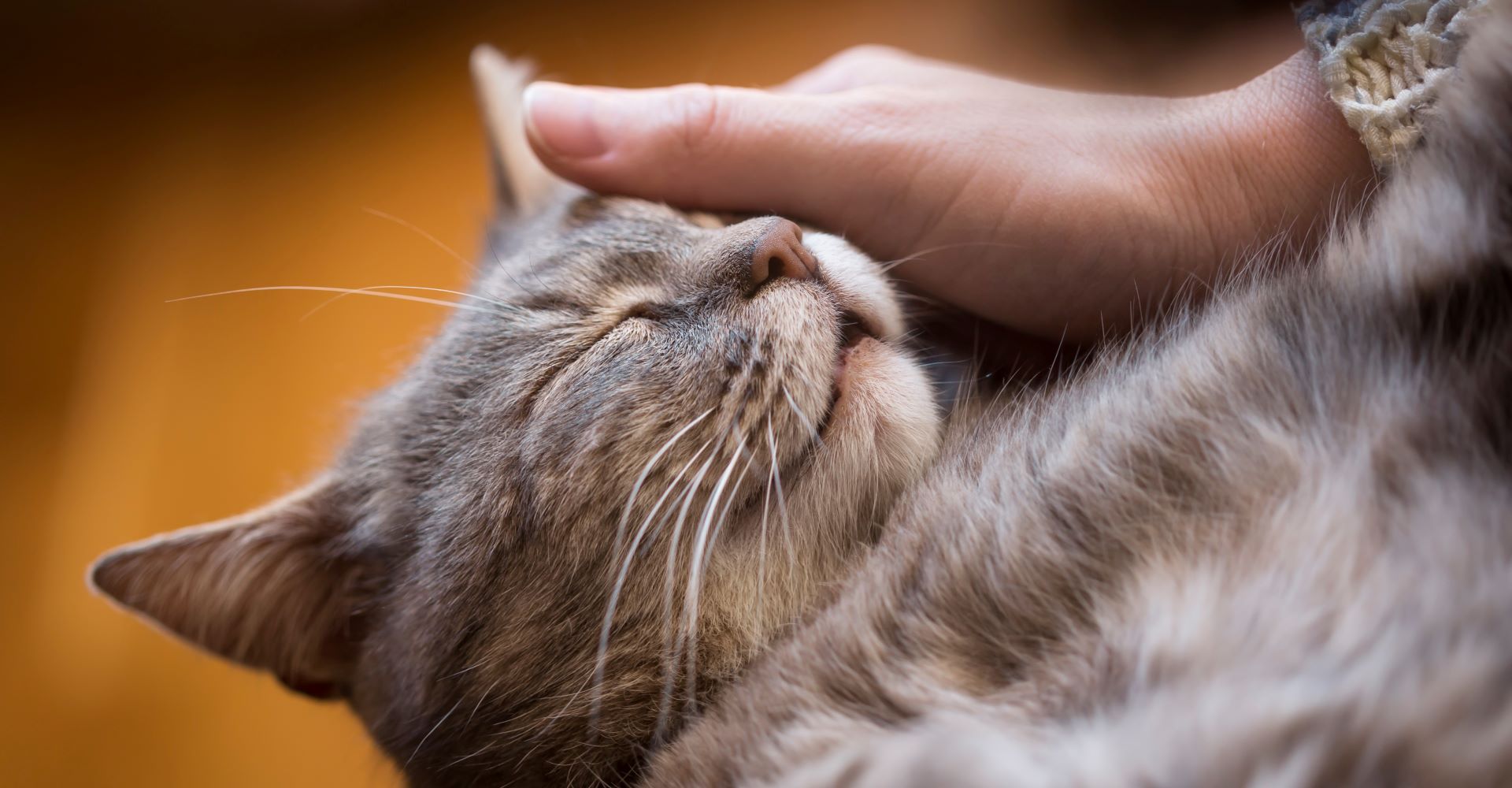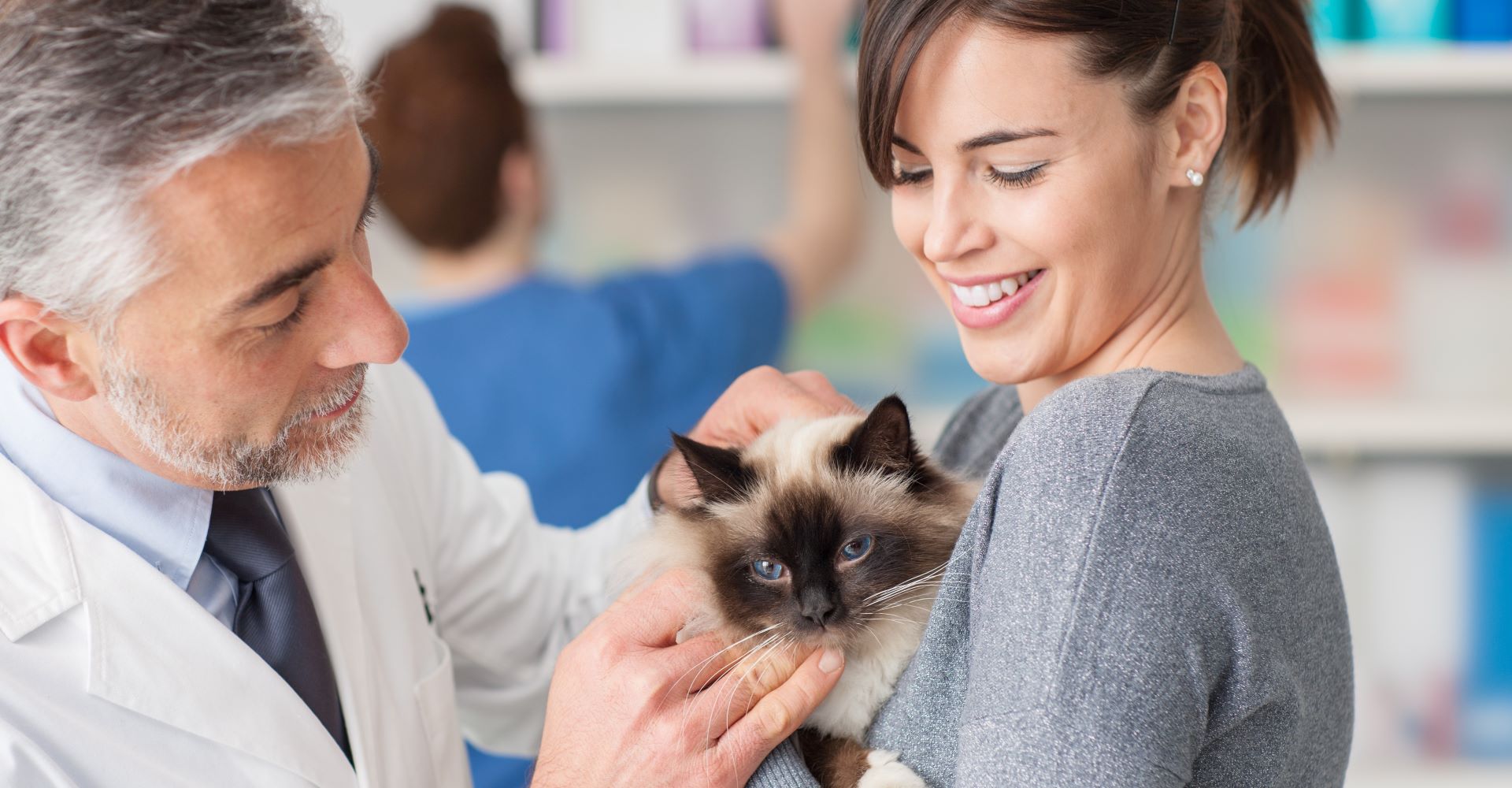The Use of NSAIDs in Pain Management Protocol
A double-boarded veterinarian in anesthesia and pharmacology provides insight into the use of NSAIDs for patients with either acute or chronic pain.

While osteoarthritis is recognized as a common chronic disease in dogs, research suggests it may be more common in cats than you might think.
As modern veterinary medicine continues to improve, animals can live much longer lives. Longer lives often mean more chronic diseases, including osteoarthritis.
Osteoarthritis is difficult to diagnose in cats even for experienced veterinarians. When a cat pulls its foot away from the hands of the examiner, it could either be due to pain or the fact that cats generally do not like being physically handled.[1] Many times, a veterinarian has to rely on the cat owner’s observations of changes in the cat’s behavior.
Cats have now surpassed dogs as the most popular pet in many countries. In the US in 2006, only 64% of cats visited a veterinarian compared with 83% of dogs.[2] Between 2001 and 2006, the number of cat visits to the veterinary practice declined by over 10% despite an increase in the number of pet cats.
The reasons for these stats are complex, but it falls on the veterinary team to improve the care and handling of cats to encourage cat owners to come more often.
How Prevalent Is Osteoarthritis in Cats?
Research suggests that osteoarthritis in cats may be more prevalent than we realize.
In one study, researchers reviewed radiographs of cats of all ages to find that 22% of these cats showed radiographic evidence of osteoarthritis. When they looked at the patient records, 33% of the cats also had clinical signs (generally the older cat population). These authors suggested that clinical signs of osteoarthritis in cats are not easily recognized.[3]
Osteoarthritis in Cats Versus Dogs
Elevated care starts with an increased ability to recognize the signs of osteoarthritis in feline patients.
Due to their small size and natural agility, changes to osteoarthritis-affected joints in cats can be very subtle. The signs commonly seen in dogs, like a decreased range of joint motion, is uncommon in cats. In one study, 5 of 86 cats with osteoarthritis had a decreased range of motion.[4]
Crepitus, a grinding/crunching sound or feeling in a joint, is also common in dogs but uncommon in cats. None of the 86 joints in the study mentioned above had crepitus. Even lameness is not as common as you might think. Cats are more likely to compensate and appear to be walking normally.
Clinical signs of osteoarthritis in cats can include weight loss, loss of appetite, depression, change in general attitude, bad grooming habits, not using the litter box, and inability to jump as well as they used to.
How to Improve Osteoarthritis Exams for Cats
The Feline-Friendly Handling Guidelines are a great first resource for veterinary professionals and teams looking to make sure their practices help build positive relationships with feline patients and cat owners. They were created by experts in feline medicine to create a less stressful experience for cats while also making sure they get the care they need.
A new and exciting tool to help gauge the pain level a cat is experiencing is the Feline Grimace Scale. Using this scale could dramatically change how we examine cats for signs of acute and chronic pain.
Lastly, getting the clinical training you need to improve feline care is irreplaceable. CE courses about osteoarthritis in cats or cat examinations change the way you practice and help you earn the trust of cat owners and feline patients alike.
[1] Clarke SP and Bennett D. Feline osteoarthritis: a prospective study of 28 cases. 2006. Journal of Small Animal Practice. 47(8): 439-445.
[2] Flanigan J, Shepherd AJ, Majchrzak S, et al. U.S. Pet Ownership & Demographics Sourcebook. Schaumburg, IL: American Veterinary Medical Association, 2007.
[3] Godfrey DR. Osteoarthritis in cats: a retrospective radiological study. Journal of Small Animal Practice 2005; 46(9): 425-429.
[4] Clarke SP and Bennett D. Feline osteoarthritis: a prospective study of 28 cases. 2006. Journal of Small Animal Practice. 47(8): 439-445.
Stay in the Know!
To gain hands-on experience with feline friendly techniques for osteoarthritis exams, register for the Elevating Care for Osteoarthritis in Cats course sponsored by Zoetis Petcare at WVC’s Annual Conference!
Click the link to subscribe to our YouTube channel or check out our WVC Resource Library full of great podcasts, videos, and digital downloads!
Disclaimer
Content may contain advertising and sponsorships. Advertisers and sponsors are responsible for ensuring that material submitted for inclusion is accurate and complies with applicable laws. We are not responsible for the illegality or any error, inaccuracy, or problem in the advertiser’s or sponsor’s materials.
Advertising and sponsorship material and/or opinions are not are not a reflection on Viticus Group.

A double-boarded veterinarian in anesthesia and pharmacology provides insight into the use of NSAIDs for patients with either acute or chronic pain.

We'd be in real trouble without pollinators, and it's veterinary medicine's job to take care of them. How can veterinary professionals do their...

Viticus Group held an insightful online event on April 14 featuring a top veterinary epidemiologist, the former assistant surgeon general, the...